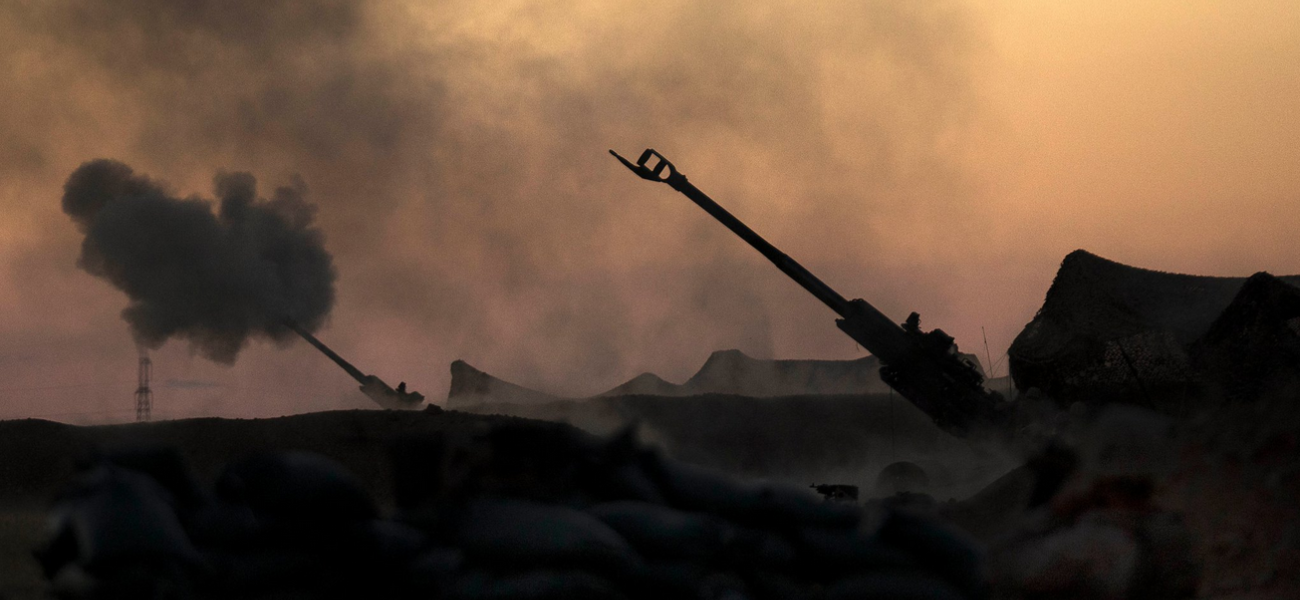In the Thick of It
A blog on the U.S.-Russia relationship
Deadly Clash Between US Allies and Russian Contract Soldiers in Syria Serves as a Reminder That a Direct US-Russian Conflict Is Not Impossible
International press keeps digging up additional details of the Feb. 7 clash between the U.S. and its allies in Syria’s Deir el-Zour region and what has reportedly turned out to be a group of private military contractors, most of whom were reportedly Russian nationals, but also included some Ukrainian nationals. Apparently, these contract soldiers, some of whom may have belonged to a Russian private military company known as the Wagner Group, tried to advance on a base located east of Deir el-Zour held by U.S. and Kurdish-led Syrian Democratic Forces (SDF). The formation that tried to advance was no smaller than a battalion supported by artillery, tanks, multiple-launch rocket systems and mortars, according to chief Pentagon spokesperson Dana W. White. SDF commander Gen. Hassan told The Washington Post’s David Ignatius that he called his regular Russian liaison contact in Deir el-Zour, hoping to avoid a battle with the advancing unit. In response a Russian liaisons officer reportedly assured coalition officials that they would not engage coalition forces in the vicinity However, in spite of the assurances, the mercenary battalion still attacked, prompting the targeted site to fire back, according to the U.S. and SDF version of events. As a result, as many as 200 members of that battalion-sized unit were killed in U.S.-led air and artillery strikes. It was then that the Russian liaison officer contacted the SDF again, asking for a pause to collect those killed in the U.S. strikes, according to Hassan’s account as narrated by Ignatius. Most of the fatalities were attributed to an American airstrike on enemy columns, according to the New York Times. Russian nationals killed in the U.S.-led counter-strike include Vladimir Loginov, Kirill Ananyev, Alexei Ladygin, Stanislav Matveyev and Igor Kosoturov, some of whom had earlier fought in Donbass, according to the Conflict Intelligence Team. Both Kurdish commander Hassan and Washington Post columnist Ignatius interpreted the incident as a breach of faith by the Russian military. However, it is possible that the Russian military was not aware of the attack planned by the Russian contract soldiers acting on orders of the Assad regime. As Bloomberg’s story points out, “The Russian assault may have been a rogue operation.” The proposition that the attempted assault was not cleared with Russia’s “official” military is also supported by the Kremlin’s muted reaction to the event. Kremlin spokesman Dmitry Peskov declined to comment on the incident, in which the death toll of private Russian soldiers may have been five times greater than the Russian Defense Ministry’s official count of servicemen who have died in Syria. “We only handle the data that concerns Russian forces servicemen,” Peskov was quoted as saying by the New York Times. “We don’t have data about other Russians who could be in Syria.” Given such a reaction, chances are that the Kremlin will choose not to escalate over the incident. Nevertheless, the incident serves as a grim reminder of the complexities of the multi-party (and multi-proxy) conflict in Syria, in which there’s always a chance that rogue players’ actions may end up dragging great powers into a direct conflict in spite of their continued deconfliction efforts.
Photo credit: U.S. government work in the public domain.
The opinions expressed in this commentary are solely those of the author.

